JCB Company
The headquarters of the international British firm JCB are located in Rocester, Staffordshire, England, where it was founded in 1945. It manufactures machinery for the demolition, waste management, agriculture, and construction industries. Although it is still a trademark, the term "JCB" is frequently used informally to refer to mechanical excavators and diggers. It is mentioned in the Oxford English Dictionary.
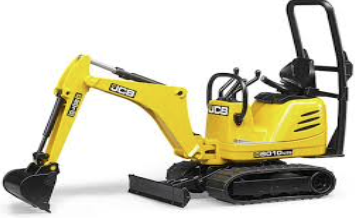
JCB History
Joseph Cyril Bamford established Joseph Cyril Bamford Excavators Ltd. in Uttoxeter, Staffordshire, England, in the month of October 1945. He hired a lock-up garage measuring 3.7 by 4.6 metres (12 by 15 ft). Utilizing wartime supplies and welding equipment he purchased used from English Electric for £2-10s (= £2.50), he constructed his first vehicle, a tipping trailer. Steel sheet recovered from air raid shelters was used to construct the sides and bottom of the trailer. He promptly built a new trailer after selling the previous one for £45 (plus a farm cart in exchange) on the day Anthony was born. (Requires citation) In the coal yard of Eckersley in Uttoxeter, he formerly produced autos. Both the original trailer and the welding equipment have been kept.
The business, which had six employees at the time, developed the first hydraulic tipping trailer in Europe in 1948. It continued to employ six employees after moving to an old cheese factory in Rocester in 1950. Bamford started painting his products yellow a year later. In 1953, the same year the JCB logo was revealed, he created the company's first backhoe loader. Leslie Smith, an ad designer for Derby Media, created the design. The "hydra-digga," a multipurpose device that combined an excavator and a massive loader for the benefit of the construction and agricultural industries, was introduced by the company in 1957.
Over 3,000 3C backhoe loaders were sold by JCB by the year 1964. The JCB 7 was the first 360-degree excavator to be released the following year. The Loadall device was unveiled in 1978. The corporation began conducting operations in India the following year. A joint venture between the company and Sumitomo of Japan for the manufacture of excavators was dissolved in 1998. A JCB plant was finished in Pooler, Georgia, which is adjacent to Savannah, Georgia, two years later. The next year, a factory in Brazil received its official opening.
In 2005, JCB purchased the German equipment manufacturer Vibromax. It started a second manufacturing facility in Pudong, China, that same year. With the commencement of a competition for architectural proposals run by RIBA Competitions in 2007, planning for a new £40 million JCB Heavy Products plant got under way. The next year, the company started moving to the new location next to the A50 from its prior location in Uttoxeter on Pinfold Street; the Pinfold Street location was destroyed in 2009. JCB intended to establish India as its main production hub in that year. The largest backhoe loader manufacturing plant on the planet was supposed to be located in its factory in Ballabgarh, Haryana. JCB cut 2,000 employees following the 2008 financial crisis, but it added up to 200 additional workers in 2010.
2013 saw the opening of JCB's fourth manufacturing facility in India.
According to data from 2014, JCB sold three of every four pieces of construction equipment in India, and the nation's market contributed to 17.5% of the company's overall revenue.

JCB Backhoe Loaders
The renowned backhoe loader, which JCB first unveiled in 1953, is still cutting-edge and innovative today. To stay one step ahead of the competition and meet the demands of our clientele, we have consistently redesigned it. With nearly half of all sold backhoes being a JCB, we currently hold the distinction of being the manufacturer with the highest volume of sales worldwide.
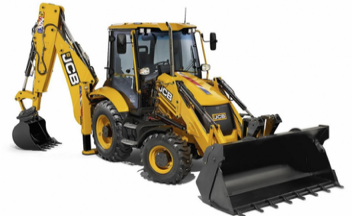
JCB Compact Track Loaders
JCB compact track loaders are both stronger and safer than traditional twin-arm machines while still providing you with all the strength and performance you require thanks to their distinctive single-arm PowerboomTM design and side entrance door.
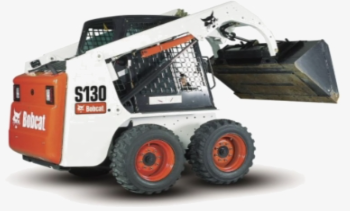
JCB Tracked Excavators
Track machinery ranging in weight from 11 to 37 tonnes is available from JCB. Every tracked excavator made by JCB features high productivity, industry-leading simplicity of maintenance, durable parts, and superb operator comfort. Your 360 machine's performance may be flawlessly tuned to every application in any setting thanks to its four operating modes.
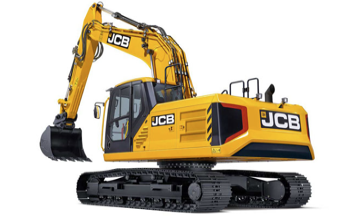
JCB Industry Wheeled Excavators
Every JCB wheelie offers outstanding operator comfort, industry-leading simplicity of maintenance, and durable components in addition to impressive productivity. Your excavator's performance may be perfectly adjusted to any application in any environment thanks to its four working modes.
The JCB HYDRADIG 110W is a completely new design that was created to meet consumer demands for better visibility, stability, manoeuvrability, portability, and serviceability.
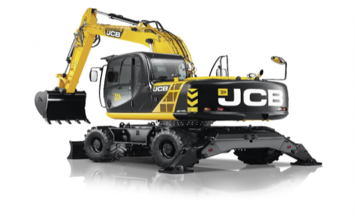
JCB Mini Excavator
Mini diggers from JCB come in a variety of sizes and weights ranging from 0.8 to 10 tonnes. For every application, a JCB micro or compact digger is available. The models claim class-leading comfort and controllability as well as a high power-to-weight ratio. The JCB mini digger has variants with zero tail-swing (ZTS) and conventional tail-swing (CTS), allowing it to operate in even the most restricted spaces.
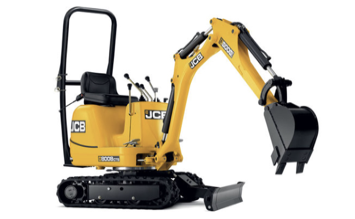
JCB Skid Steer Loaders
JCB skid steer loaders are safer, stronger, and still provide all the power and performance you want than traditional dual arm machines thanks to their single-arm PowerboomTM design and side access door to the skid steer loader.
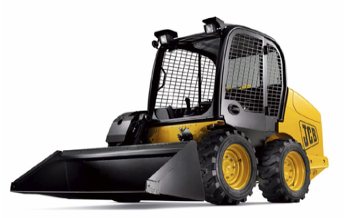
JCB Tracked Excavators
You can choose from a variety of track machines from JCB that range in weight from 11 to 37 tonnes. Each JCB tracked excavator is built for productivity and has industry-leading ease of maintenance, durable parts, and outstanding operator comfort. Thanks to its four working modes, your 360 machine's performance may be perfectly adjusted to any application in any setting.
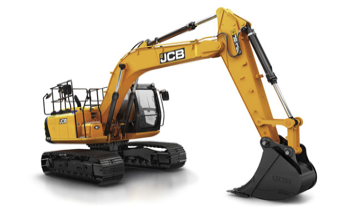
JCB Wheel Loaders
Wheel loaders made their debut in the JCB product line in 1969. 50 years later, we are still producing 21 distinct varieties. Each offers outstanding power and torque outputs, superior weight-to-power ratios, strong breakout forces, and exceptional traction. And whether they are made for the trash, agricultural, or construction industry, productivity comes first in their design.
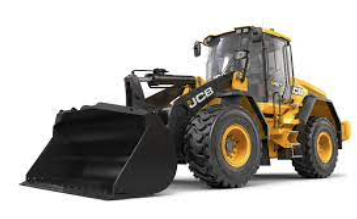
JCB Wheeled Excavators
Each JCB wheelie features class-leading ease of maintenance, durable components, and excellent operator comfort in addition to high output. With its four operating modes, your excavator's performance may be exactly adjusted to suit any application in any environment.
In order to meet consumer demands for better visibility, stability, manoeuvrability, portability, and serviceability, the JCB HYDRADIG 110W is an entirely new design.
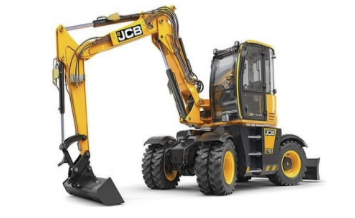
Shuvs Digger Hire Buckinghamshire Copyright© 2022 All Rights Reserved